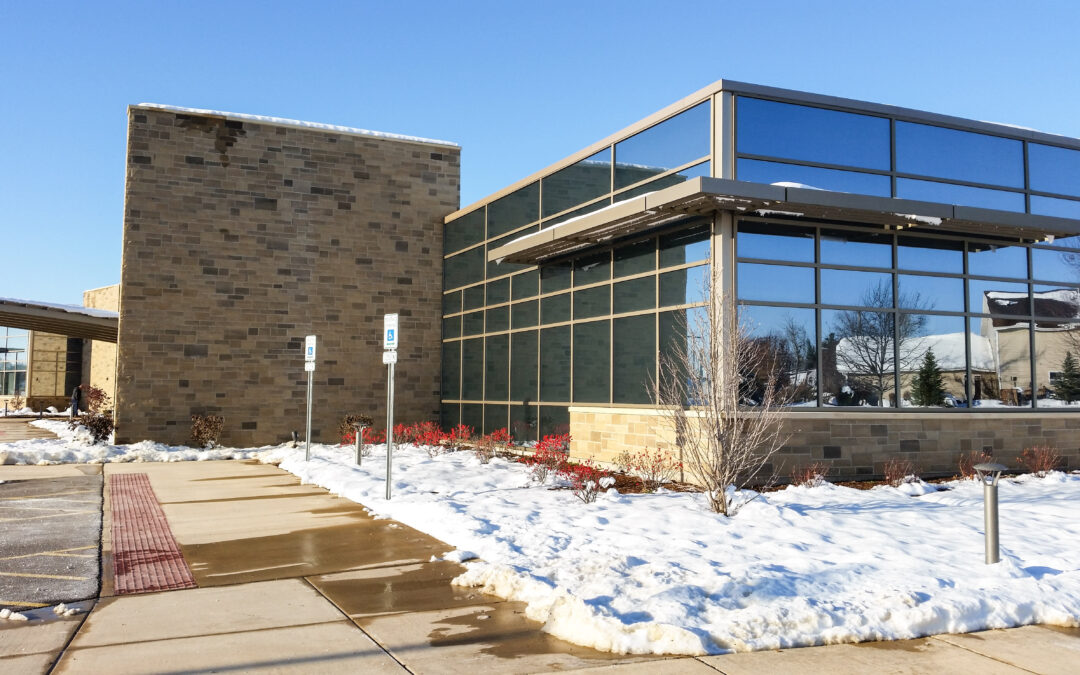Seasonal changes can have a significant impact on the condition and performance of a facility. From fluctuating temperatures to unpredictable weather patterns, each season brings challenges for buildings, equipment, and the overall safety of the workplace. This is where seasonal maintenance plans come into play. For facility managers, these plans are vital in ensuring that buildings are prepared for seasonal shifts, preventing costly repairs, and maintaining the safety and efficiency of the facility.
What Are Seasonal Maintenance Plans?
Seasonal maintenance plans are preventive maintenance strategies specifically designed to address a facility’s unique needs at different times of the year. These plans focus on preparing a facility for the upcoming season, ensuring that critical systems such as heating, ventilation, air conditioning (HVAC), plumbing, electrical, and exterior structures are in optimal condition.
A well-executed seasonal maintenance plan helps avoid unexpected breakdowns and ensures energy efficiency, compliance with safety regulations, and overall comfort for employees and occupants.
Why Are Seasonal Maintenance Plans Important?
Facilities are vulnerable to the environmental conditions brought by each season. Without proper maintenance, seasonal changes can cause significant damage to infrastructure, increase energy costs, and even create unsafe working conditions. Here’s why seasonal maintenance is so critical:
- Preventing Seasonal Wear and Tear: Cold winters and hot summers can stress HVAC systems, roofs, and insulation. These elements can deteriorate faster without seasonal maintenance, leading to costly repairs or replacements.
- Optimizing Energy Efficiency: Heating systems work overtime in the winter, and cooling systems do the same in the summer. A seasonal maintenance plan ensures these systems operate efficiently, minimizing energy consumption and reducing utility costs.
- Maintaining Safety and Compliance: Seasonal changes can also affect a facility’s safety. Icy conditions in winter or excessive heat in summer can increase risks for employees and visitors. Regular maintenance ensures compliance with health and safety regulations, reducing the risk of accidents and legal liabilities.
- Extending Equipment Lifespan: Proactive maintenance prevents equipment from working harder than necessary, reducing wear and tear and extending the lifespan of essential systems.
Key Elements of a Seasonal Maintenance Plan
Facility managers must tailor their maintenance plans to the specific needs of their buildings and the climate in which they operate. Here’s a breakdown of the key tasks involved in seasonal maintenance for each major season.
Spring Maintenance
Spring is a time of renewal and recovery after winter’s harsh conditions. Facility managers should focus on repairing any damage caused by winter and preparing the building for warmer weather.
Spring Maintenance Checklist:
- HVAC Inspection: As temperatures rise, ensure that the cooling systems are fully operational and debris-free. Change air filters, inspect ducts, and check refrigerant levels.
- Roof and Gutter Inspection: Winter snow and ice can cause damage to roofs and gutters. Clean out gutters and inspect the roof for any signs of wear, leaks, or damage that need repairs.
- Landscaping: Spring is also the time to refresh landscaping. Clear away winter debris, prune plants, and prepare lawns and gardens for the growing season.
- Plumbing Inspection: Check for leaks or cracks in pipes caused by freezing temperatures. Ensure that outdoor water systems are functioning properly.
Summer Maintenance
The hot summer months increase demand for cooling systems, and maintaining indoor comfort is a top priority. Summer maintenance plans are essential to keep the building cool and safe.
Summer Maintenance Checklist:
- HVAC Tune-Up: Ensure the cooling system runs efficiently by performing routine maintenance such as cleaning air filters, checking thermostats, and ensuring proper airflow.
- Inspect Electrical Systems: With the increased demand for air conditioning, facility managers should inspect electrical systems to prevent overloads or potential fire hazards.
- Window and Door Seals: Ensure windows and doors are properly sealed to keep cool air inside and prevent energy loss. This will help reduce cooling costs.
- Safety Checks: Summer may increase foot traffic due to events or peak business periods. Ensure safety systems like fire alarms, emergency exits, and lighting are in working order.
Fall Maintenance
Fall is the time to prepare your facility for the challenges of winter. Preventive maintenance in the fall can save significant repair costs down the line by addressing issues before freezing temperatures set in.
Fall Maintenance Checklist:
- HVAC Winterization: As temperatures drop, ensure the heating system is ready for winter. Inspect the furnace, change filters, and clean out heating vents.
- Roof and Gutter Maintenance: Remove fallen leaves and debris from gutters to prevent blockages that could lead to ice dams during winter. Check the roof for any signs of damage.
- Exterior Inspections: Inspect windows, doors, and walls for cracks or leaks. Proper insulation is crucial for keeping heating costs down and ensuring indoor comfort.
- Prepare for Snow and Ice: Make sure snow removal equipment is functional and salt or ice melt is available to address slick walkways.
Winter Maintenance
Winter brings freezing temperatures and inclement weather, making it crucial for facility managers to focus on safety and maintaining building warmth.
Winter Maintenance Checklist:
- Snow and Ice Removal: To prevent slips and falls, ensure that sidewalks, parking lots, and entryways are free of ice and snow.
- Heating System Maintenance: Monitor the heating system, especially during extreme cold snaps. Ensure that all heating equipment is functioning properly to avoid breakdowns.
- Plumbing Protection: Ensure pipes are properly insulated to prevent freezing. In extreme cases, heating cables may be needed to protect vulnerable areas.
- Inspect Emergency Systems: Winter storms can bring power outages, so ensure that backup generators, emergency lighting, and communication systems are all in working order.
Benefits of Implementing Seasonal Maintenance Plans
By following a comprehensive seasonal maintenance plan, facility managers can:
- Reduce Costs: Proactive maintenance prevents expensive repairs and extends the lifespan of equipment.
- Enhance Safety: Seasonal inspections ensure the facility is safe for occupants, reducing the risk of accidents or injuries.
- Improve Comfort: Properly maintained heating and cooling systems ensure employees and visitors are comfortable year-round.
- Increase Energy Efficiency: Regular maintenance of HVAC systems, insulation, and electrical components helps minimize energy consumption and lower utility bills.
At Pioneer Properties, we understand the importance of proactive seasonal maintenance in ensuring a well-functioning facility year-round. We provide comprehensive facilities management services, including seasonal maintenance plans tailored to your building’s needs. From HVAC inspections to emergency preparedness, our team is dedicated to maintaining a safe and efficient environment for your business. By partnering with Pioneer Properties, you can rest easy knowing your facility is in the hands of experts committed to reducing risks and enhancing operational performance. Let us help you prepare for every season and protect your facility’s long-term success. Reach out to Pioneer Properties today to learn more about our services.


